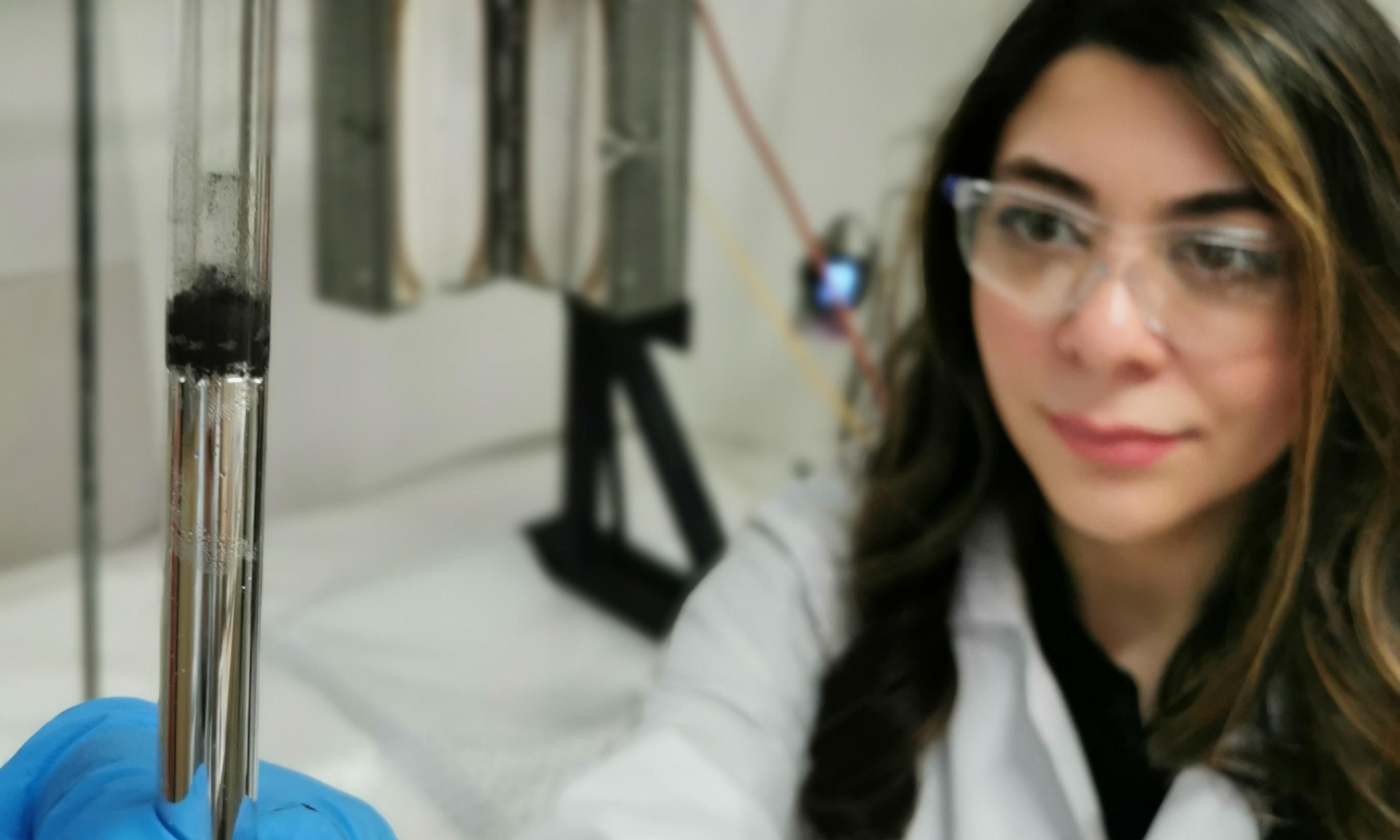Co-lead researcher Dr Ken Chiang said the team was keen to hear from other companies to understand the challenges in difficult-to-decarbonise industries and identify other potential applications of the technology.
“To accelerate the sustainable industrial revolution and the zero carbon economy, we need smart technical solutions and effective research-industry collaborations,” Chiang said.
The steel and cement industries are each responsible for about 7% of total global CO2 emissions (International Energy Agency), with both sectors expected to continue growing over coming decades as demand is fuelled by population growth and urbanisation.
Technologies for carbon capture and storage (CCS) have largely focused on compressing the gas into a liquid and injecting it underground, but this comes with significant engineering challenges and environmental concerns. CCS has also drawn criticism for being too expensive and energy-intensive for widespread use.
Daeneke, an Australian Research Council DECRA Fellow, said the new approach offered a sustainable alternative, with the aim of both preventing CO2 emissions and delivering value-added reutilisation of carbon.
“Turning CO2 into a solid avoids potential issues of leakage and locks it away securely and indefinitely,” he said.
“And because our process does not use very high temperatures, it would be feasible to power the reaction with renewable energy.”
The Australian Government has highlighted CCS as a priority technology for investment in its net zero plan, announcing a $1 billion fund for the development of new low emissions technologies.
How the tech works
The RMIT team, with lead author and PhD researcher Karma Zuraiqi, employed thermal chemistry methods widely used by industry in their development of the new CCS tech.
The “bubble column” method starts with liquid metal being heated to about 100-120°C.
Carbon dioxide is injected into the liquid metal, with the gas bubbles rising up just like bubbles in a champagne glass.
As the bubbles move through the liquid metal, the gas molecule splits up to form flakes of solid carbon, with the reaction taking just a split second.
“It’s the extraordinary speed of the chemical reaction we have achieved that makes our technology commercially viable, where so many alternative approaches have struggled,” Chiang said.









